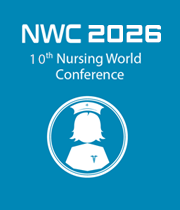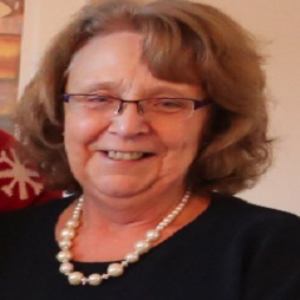Title : Can the design and articulation of the bed frame positively influence patient migration, heel travel and consequently help to reduce heel pressure ulcers
Abstract:
Pressure ulcers are the single most costly chronic wounds in the NHS, estimated to cost £1.4-£2.2 billion annually, which is 4% of the NHS total expenditure1. Apart from causing pain and discomfort to the patient, tissue damage places a major burden on healthcare through increased nursing time, hospitalisation, equipment provision, consumables and pharmaceuticals.
Pressure, shear and friction are the main external factors that contribute to the development of tissue damage. Positioning a patient in bed has the potential to cause shear and friction, particularly when the Head of bed (HOB) is elevated to improve patient comfort and to facilitate respiratory and nutritional function. This HOB movement has the potential to migrate the patient down the bed over time. The negative effect of this action results in two common adverse events. Firstly, there is an increase in shear and friction as the patient migrates across the mattress, which can lead to pressure ulcers, particularly on heels. Secondly, the migration can have an effect on the patient’s torso. The elevation and therapeutic angle of the torso decreases and tends to flatten to the extent that it no longer receives the benefits of the HOB as this position diminishes respiratory function and increases patient discomfort.
The impact of patient migration down the bed in both the acute and community setting is not fully understood by nurses/carers and manufacturers. Preventing migration will not only improve a patient’s outcomes, but may also reduce the incidence of tissue damage and musculoskeletal disorders experienced by the nurse/carers when repositioning the patient back up the bed several times a shift. Understanding the effects of patient migration might encourage better bed design and provide objective data to enable an organisation to make informed decisions when specifying and procuring hospital beds.
Take Away Notes:
• How patient migration down the bed will improve patient outcomes
• How equipment evaluation provide objective data that enables organisations to make informed decisions when procuring hospital beds
• The prevention of patient migration down the bed can reduce the incidences of tissue damage and musculoskeletal disorders experienced by the nurse/carers when repositioning the patient back up the bed several times a shift



